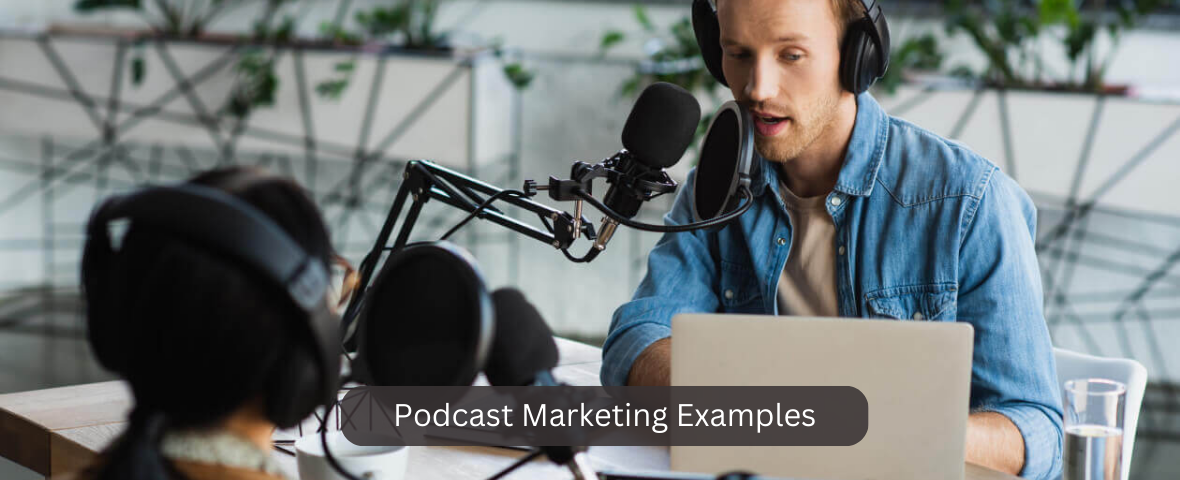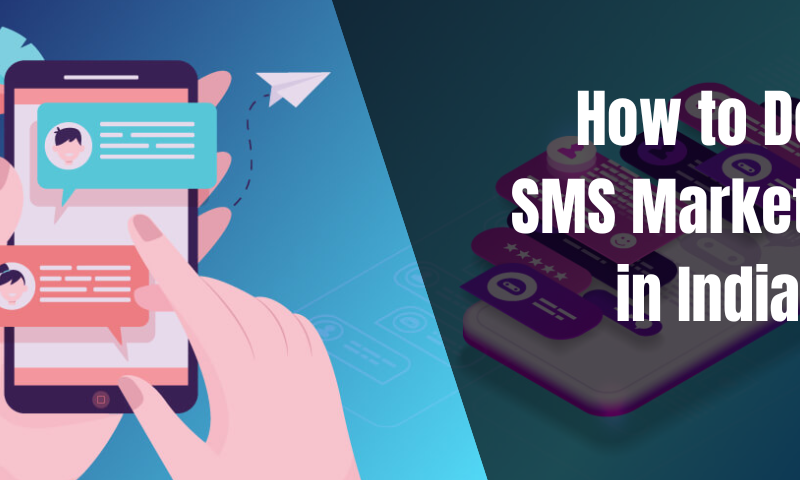
Podcast Marketing Examples
Brands that use creative media to showcase their personalities and knowledge are, increasingly, the businesses most likely to succeed. Creating podcasts as a marketing tool is highly accepted nowadays by consumers and brands. However, it all boils down to how well the podcast is made.
It can be difficult for new podcast creators or marketers to grow their following or make a name in the industry. Even the most popular podcasts today didn’t just get a huge following overnight. The use of marketing tools for podcasters can help improve podcast quality and increase the audience. However, one must remember that podcasts are a form of content and to get more podcast listeners, brands have to make the effort to produce high-quality podcasts.
With podcasts garnering attention now, many marketing companies in Gurgaon, across India, and the world have included it in their marketing strategy and have been able to succeed. Let us have a look at a few of those companies.
Microsoft (.future)
It is a fact that Microsoft is ubiquitous enough and hence people don’t think about how far they’ve come or how relevant the brand is in their daily lives. Microsoft has been continuing its pace of quiet, deliberate, and consequential innovation over the years. In “.future,” Microsoft takes an extended look at technology. The podcast discusses how the future of humanity might spool out, based on the personal and societal choices that are made as well as current trends in technology, public health, automation, big data, and much more. “.future” is a transparent brand podcast that needs to be on the list.
TEDTalks (TEDTalks Daily)
TEDTalks is already world-famous for videos, so why change things with a seemingly redundant format? It’s because while video is highly appealing and visually engaging, it’s not always convenient in today’s fast-paced world. In other words, TEDTalks branched out into podcasts with TedTalks Daily because they wanted to capture another subset of users who might enjoy stories about astronomy, homesteading, tree identification, personal finance, artificial intelligence, coding, and animal husbandry. Commuters on public transit might not be able to watch a video lecture in comfort while retaining a sense of their surroundings, but they can more easily do so with a podcast. And TEDTalks Daily serves something new every day. TEDTalks benefits by placing the brand in another app ecosystem — podcasts — and furthering its visibility, authoritative credibility, and name recognition.
McAfee (HACKABLE)
It has been seen that if marketers want to present their company and its brand identity as a subject matter expert on a vital topic, a podcast may be the best way to do so. The overhead is low, publishing is quick and one can keep to one’s own schedule. Marketers can report on newly breaking stories in the industry daily, or take longer, deeper dives into related topics over several episodes. There are several paths to explore. McAfee’s “Hackable?” podcast is a prime example of a cutting-edge podcast done right. Cybersecurity isn’t just a trending topic these days. It’s a household concern as well as a political and civic issue of significant importance. McAfee is a household name in its own right, so to solidify their authoritative status in this field, it put together a podcast that combines humor and genuine entertainment value with a mission to bust dangerous myths surrounding the topic of hacking. The show informs listeners and makes them aware of cybercrime and how to keep themselves safe on the ‘net. This is a podcast for people who want to stay safe, but it’s also appealing to those who want to better understand how countermeasures work to stop digital crimes.
BlueAPRON
No matter how genuinely entertaining or useful a brand’s podcast might be, there’s still a fine line to walk when it comes to how aggressively to engage in branding within that podcast. Blue Apron’s “Why We Eat What We Eat” encourages the audience to forget that they are listening to a corporate product by saving the branding for the credits. Instead, it remains focused on entertaining and enriching investigative journalism into food trends and the origins of cultural and social eating habits. The podcast is an exuberant celebration of all things “food” and it positions Blue Apron as a source of nutritional and cultural knowledge as well as a place that delivers quality eats.
At this point, few marketers understand how seriously creative they can get with podcasts. There’s so much use that comes out of interviews with industry leaders to take advantage of it. One last thing to remember about these creative podcast marketing examples is that many of them take time. Marketers are not going to see instant results with most of the tactics. But when they stick to a consistent plan and continually poke that inspiration fire, it won’t be long until they see a roaring blaze like the above brands did.



